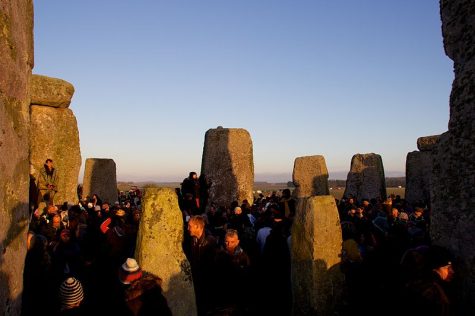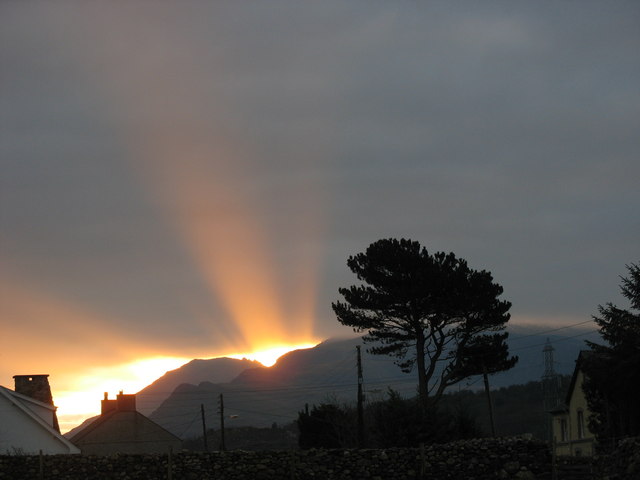What is the Winter Solstice?
Have you ever heard of Yule or the Solstice and wondered what it was? Keep reading to find out what it is and how it can be celebrated.
Have you ever heard of the ancient holiday, tradition, and ritual called the Solstice or more specifically Yule? Every year there are two: Spring and Winter. As it is currently December, the Winter Solstice is coming up, falling on December 21 this year. The Winter Solstice marks the shortest day of the year. It’s a celebration of light and marking a period of restarting growth. Many cultures around the world have been celebrating this holiday for over 5,000 years!

There are many different cultures around the world, ancient and modern. Solstice is celebrated every year although each culture has a different name for it. According to History.com, the earliest it may have been celebrated was in the Neolithic period around 10,200 B.C., which was the end of the stone age.
Even though many cultures celebrate this, they all have similarities and differences. One of the first ways it was celebrated was by the ancient Norseman of Scandinavia, and they called it Yule. Yule was a time to celebrate the beginning of light and rebirth. They would pray to the Norse God Odin, the God of wisdom and healing. The men would bring home large logs that would be burnt. While they would burn, usually 12 days, they would feast.
In ancient Rome, they celebrated Saturnalia, in honor of Saturn, the God of agriculture. It was celebrated a week leading up to the Winter Solstice. On December 25, some people celebrated the birth of Mithra, the Persian God of Light. This is the reason behind saying Christmas copied the Solstice, but I’ll go into that more later. In short, the Spiritual meaning behind it was to allow people to do an inner reflection during the night, so once the Solstice ended the light would come through and you’d be able to work on renewing yourself. As the day is short with a long night, you get to see the darkness and let go of it as it starts staying light outside longer, symbolizing inner balance and peace.

Even though it’s celebrated over time for some cultures, the true winter solstice only happens in a quick minute, so if you’d like to know when it’s truly happening you have to be prepared. According to Mental Floss, the meaning behind the word Solstice comes from the Latin word Solatium, which has the meaning “sun stand still.” The moon tends to come out earlier with the sun, so they would see that both the sun and moon were standing still together. Stonehenge has even been rumored to be built for the Solstice. It is lined up with the setting sun. Every year, many Pagans gather around to celebrate it every year.
The Christian festival of Christmas is derived from Yule. Big Think and History report that pre-Christian civilizations celebrated Mirtha on the 25th. Christians arrived on the world scene, and trying to make other religious practices feel at home they created their own holidays based on already familiar festivals and celebrations. They celebrated Jesus instead of other Gods, but did it at the same time. This didn’t just happen with the Winter Solstice, but also with the Spring Solstice, and Easter.




